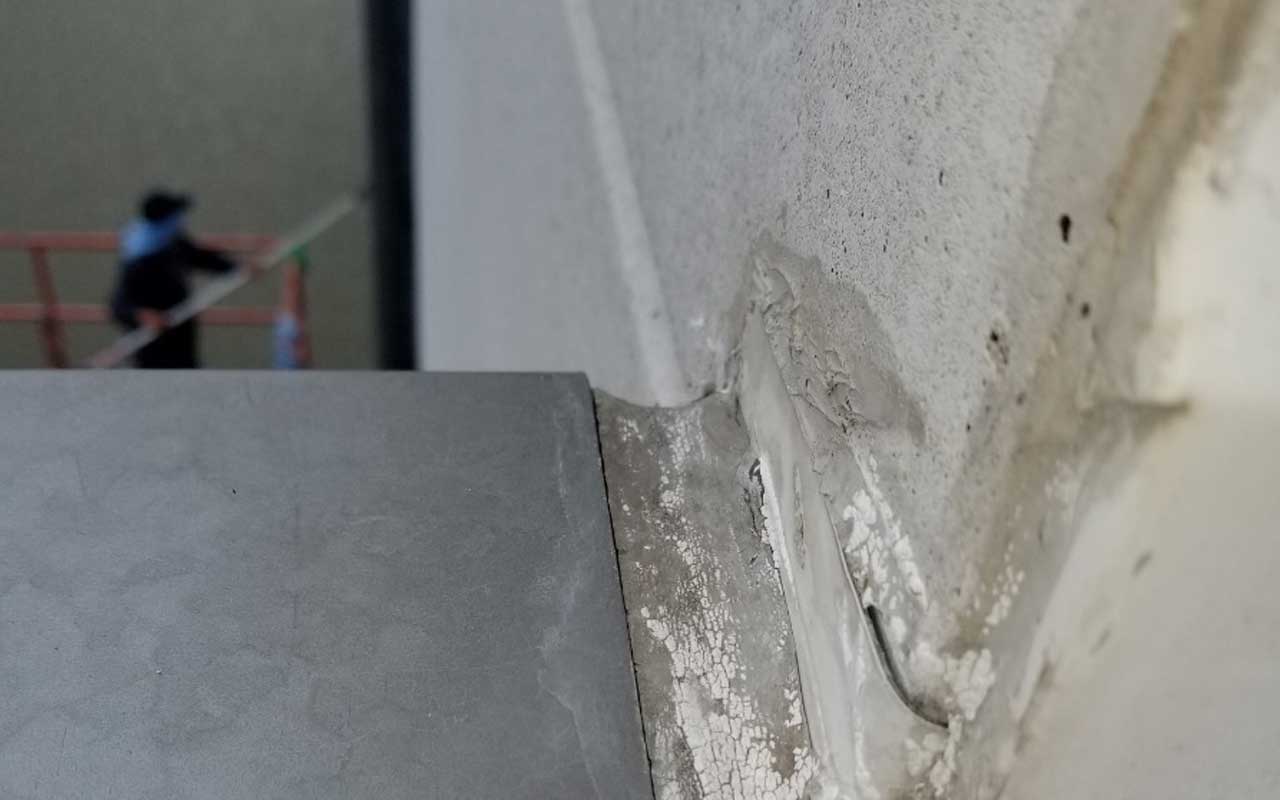When you winterize your commercial property you need to do more than checking your pipes and buying salt. Property owners and managers need to check whether or not their entire commercial building is ready for what winter has in store.
Over the years we have worked with many property owners and managers. Most understand how important it is to keep the building’s interior warm and exterior free from snow and ice hazards. Yet there’s so much more involved in making sure your building is prepared for the colder months.
Whether you own or manage a high-rise corporate headquarters, multi-family complex, or historic structure, winterization ensures the building is in peak condition and protected from the specific issues that colder weather brings. It will save you money on things like utility bills and property damage.
Below are five tasks you should tackle now before winter weather arrives.
Check the Roof
Snow and ice buildup can wreak havoc on your building’s roof by placing additional loads on the roof itself and supporting structures. A roof collapse is the most serious potential damage and usually occurs due a cycle of two events: a rapid freeze and a rapid thaw. If your roof has leaks the rapid freeze can create cracks and cause structural damage. When the thaw can cause damage due to water intrusion and further weaken the structure. Here’s what a thorough roof inspection should include:
- Check for any damage, holes, or similar issues that would allow leaking snow or ice to enter the building through the roof.
- Inspect the seals around vents, pipes, and chimneys as well as the flashing.
- Look for large tree branches hanging over the roof. The weight of snow could cause them to break and strike the roof, puncturing the surface.
Be sure to:
- Schedule a roof inspection early, preferably in the fall, so you can make any necessary repairs before the inclement weather arrives.
- Trim any tree limbs hanging too close to the roof.
- Immediately take care of necessary repairs, especially leaks and cracks, to prevent any existing damage from worsening.
Finally, if your commercial building has gutters, make sure they (and the roof) are clear of any debris like leaves, branches, and other potential hazards. Water damage can be caused by clogged drains.
Seal Against Air Leaks
Air leaks can cause wasteful air loss and reduce your building’s interior comfort. Commercial energy audits are designed to help you determine where leaks are and are ideal for locating small, otherwise hidden leaks. Leaks should be sealed with caulking or other appropriate material. Weatherstripping should be added around windows and doors to stop leaks in these common areas. Damaged caulking and window gaskets are common causes of leaks. Check around windows and doors for cold air but also check around vents, light fixtures, and anywhere else there there could be a gap in the exterior surface of your building.
Look for Exterior Surface Cracks
Not only are cracks in your building’s structure not a good look they can also indicate a shifting foundation or other serious problem. Early detection of exterior surface cracks is the best way to limit losses due to poor facade performance. Freezing water turns small cracks into big ones. What looks like cosmetic damage one day can be structural issues after a freeze. Sealing those cracks will help improve the appearance of your building and protect it from further damage.
Tell-tale signs of problems include:
- Wide cracks
- Vertical cracks running up stone columns
- Cracks near the building’s corners
If your building is located in an earthquake zone, you might notice x-shaped cracks between windows and where lower portions of the building and any towers come together. Any of these listed cracks should be evaluated by a professional who can recognize their severity.
Inspect Window Caulking
Commercial window caulking ensures optimal insulation and is used to seal the gaps, cracks, and joints between window elements and other control joints around doors, pipes, and plumbing. It also helps prevent permanent damage to window frames.
Old and damaged caulking can cause a number of problems including increased utility bills. Replacing window caulking returns windows to their optimal energy-efficiency. Wet glazing your commercial windows can help protect against leaks and improve the aesthetics of your building.
Here are the top signs it’s time to check your window caulking:
- Dampness above or beneath one or more windows
- Drafts
- Loose panes
- Caulking pieces on the ground, floor, or window ledge
Check Pipe Caulking
When you winterize your sprinkler system be sure to inspect the caulking around the pipes where they pass through walls. You should also check around wires and conduits where they enter the building. Caulking these areas:
- Improves the building’s energy efficiency
- Lessen the risks of damage from water and pests
- Reduce costly repairs down the road
Routine caulking is a key component of regular building maintenance. Presto Restoration offers all types of commercial exterior caulking and sealant services using only the finest products and up-to-date application techniques in the industry. Our quality caulking can be used to seal vents and pipes, expansion and control joints, window frames, and more.
Decades of experience has taught us that if a commercial building is properly winterized it will provide many more years of excellent service while keeping the structure in top condition.
Contact Presto Restoration for a free consultation today.
Call us at 1-800-785-9927 or Request A Quote.





